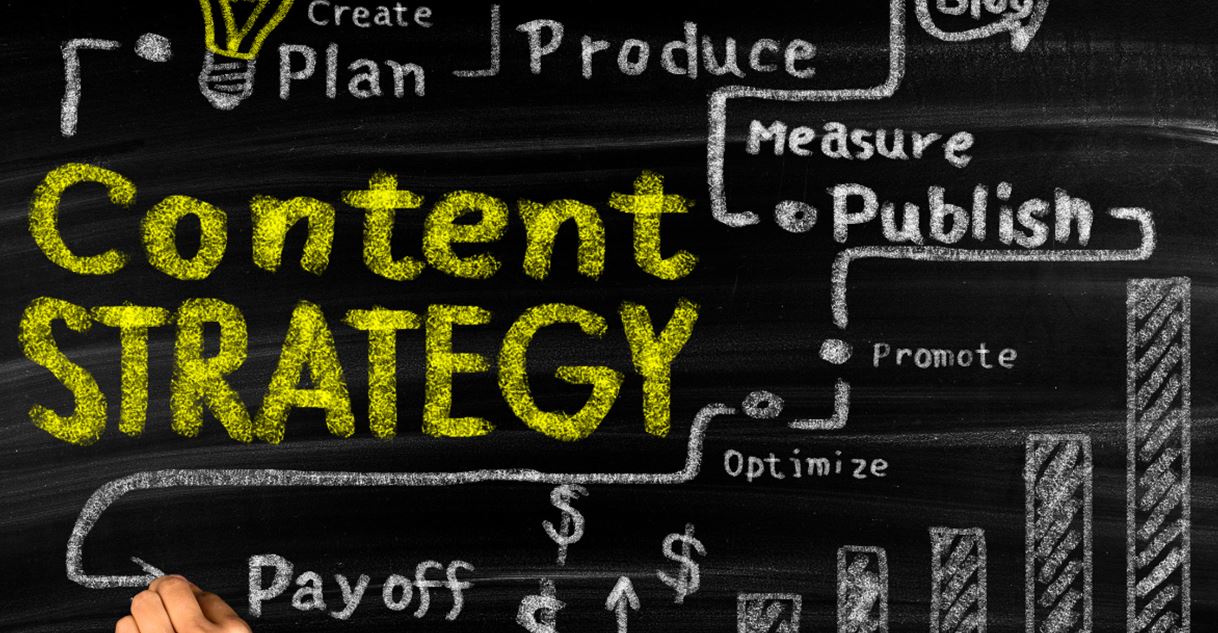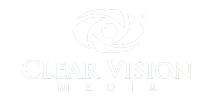Content Marketing Across Different Platforms:
Tailoring Your Approach for Social Media, Blogs, and More
In today’s digital landscape, content marketing is more than just a buzzword—it’s a necessity. As a leading content creation and digital marketing agency in Pinellas County, Florida, Clear Vision Media understands that a one-size-fits-all approach doesn’t cut it. Each platform has its unique set of rules, audience, and style. This blog delves into the art of tailoring your content marketing strategy across different platforms to maximize engagement and achieve your marketing goals.

Understanding the Unique Characteristics of Each Platform
Social Media
Social media platforms such as Facebook, Instagram, LinkedIn, Twitter, and TikTok have distinct user demographics and content preferences. For example, Instagram is highly visual, favoring high-quality images and short videos, while LinkedIn is more professional, ideal for sharing industry insights and thought leadership articles. According to HubSpot, posts with images produce 650% higher engagement than text-only posts on social media platforms .
Blogs
Blogs are excellent for SEO and establishing your brand as an authority in your industry. They allow for in-depth exploration of topics and can significantly improve your search engine rankings when optimized correctly. A blog post should be well-researched, provide value, and be structured for readability. According to Moz, longer blog posts (1,000-2,000 words) tend to perform better in search rankings .
Video Content
Video content is a powerful tool for storytelling and engagement. Platforms like YouTube, Vimeo, and even Instagram TV provide opportunities to connect with audiences on a more personal level. Cisco reported that video accounted for 82% of all internet traffic by 2022, emphasizing the importance of incorporating video into your content strategy.
Crafting Platform-Specific Content
On Facebook, shorter posts that include visuals and encourage interaction perform well. Utilize Facebook Live for real-time engagement, and make use of Stories to provide behind-the-scenes glimpses or timely updates. Interactive content such as polls and quizzes can also drive engagement.
Instagram is all about aesthetics and storytelling through visuals. High-quality images, videos, and well-thought-out captions are key. Use Stories, Reels, and IGTV to share more dynamic content. Hashtags are crucial on Instagram for reaching a broader audience, so research and use relevant hashtags.
LinkedIn is the go-to platform for B2B marketing. Share industry news, insights, and professional achievements. Long-form posts and articles that offer valuable information can establish you as a thought leader. LinkedIn’s algorithm favors content that sparks conversation, so encourage comments and discussions.
Twitter is ideal for real-time updates and engaging with your audience in a more casual tone. Keep tweets concise and use trending hashtags to increase visibility. Twitter Chats can also be a great way to engage with a broader audience and establish your brand as an industry authority.
YouTube
YouTube requires a more significant investment in video production, but the return can be substantial. Create tutorials, product demos, and behind-the-scenes videos to engage your audience. Consistency is key, so develop a content schedule and stick to it. According to Think with Google, 90% of users discover new products or brands on YouTube .
Blogs
When writing blogs, focus on providing value and optimizing for SEO. Use keyword research to identify topics that your audience is searching for. Break up text with headings, images, and bullet points to enhance readability. Incorporate internal and external links to improve SEO and provide additional resources to your readers.
Integrating Your Content Strategy
To maximize your content marketing efforts, it’s crucial to have an integrated strategy. Cross-promote your content across different platforms to drive traffic and engagement. For example, share your latest blog post on Facebook and LinkedIn, create a short video summarizing the post for Instagram, and tweet key takeaways with a link to the full article. Repurposing content allows you to reach different audience segments and extend the life of your content.
Measuring Success

Analytics are vital to understanding what works and what doesn’t. Use platform-specific metrics to track engagement, reach, and conversion rates. Tools like Google Analytics, Facebook Insights, and LinkedIn Analytics provide valuable insights into how your content is performing and where you can improve. According to Content Marketing Institute, 72% of marketers believe that analytics will play a significant role in content marketing success .
Ultimately, a comprehensive and dynamic content marketing strategy that leverages the strengths of each platform, crafts tailored content, and continuously refines its approach can significantly impact your business’s success. It enables you to build a strong online presence, engage with your audience on a deeper level, and achieve your marketing objectives, whether they involve increasing brand awareness, generating leads, or driving sales. By investing in a well-rounded content marketing strategy, you can ensure that your efforts yield maximum returns, positioning your brand for long-term success in the digital landscape.


